Mayor Ken Welch knew the Gas Plant area well, but growing up, he was unaware three cemeteries were once located there.
BY FRANK DROUZAS, Staff Writer
ST. PETERSBURG — The African American Burial Ground & Remembering Project is an ongoing USF research study that addresses the erasure of historic Black cemeteries in the Tampa Bay area. Awarded a USF Blackness and Anti-Black Racism grant in 2020, it consists of faculty, staff, and students from multiple disciplines across USF St. Pete and Tampa campuses.
The project focuses on activities to identify, interpret, preserve, record, and memorialize previously unmarked, erased, abandoned, and underfunded African-American burial grounds in Florida, with a focus on Tampa’s Zion Cemetery (located beneath Robles Park Village) and St. Petersburg’s Oaklawn, Evergreen and Moffett cemeteries (found beneath a Tropicana Field parking lot and I-275).
One aspect of the African American Burial Ground & Remembering Project (AABGP) is recording oral histories of those who remember or are related to those lost to time.
Mayor Ken Welch, a third-generation St. Pete native, was familiar with the displacement of residents in areas like the Gas Plant district to make way for the city’s redevelopment decades ago. What he and other denizens came to find out, though, is that this uprooting of communities came at a grim cost. Cemeteries like the Oaklawn, Evergreen and Moffett were paved over in the name of progress — in some cases without the proper removal of bodies.
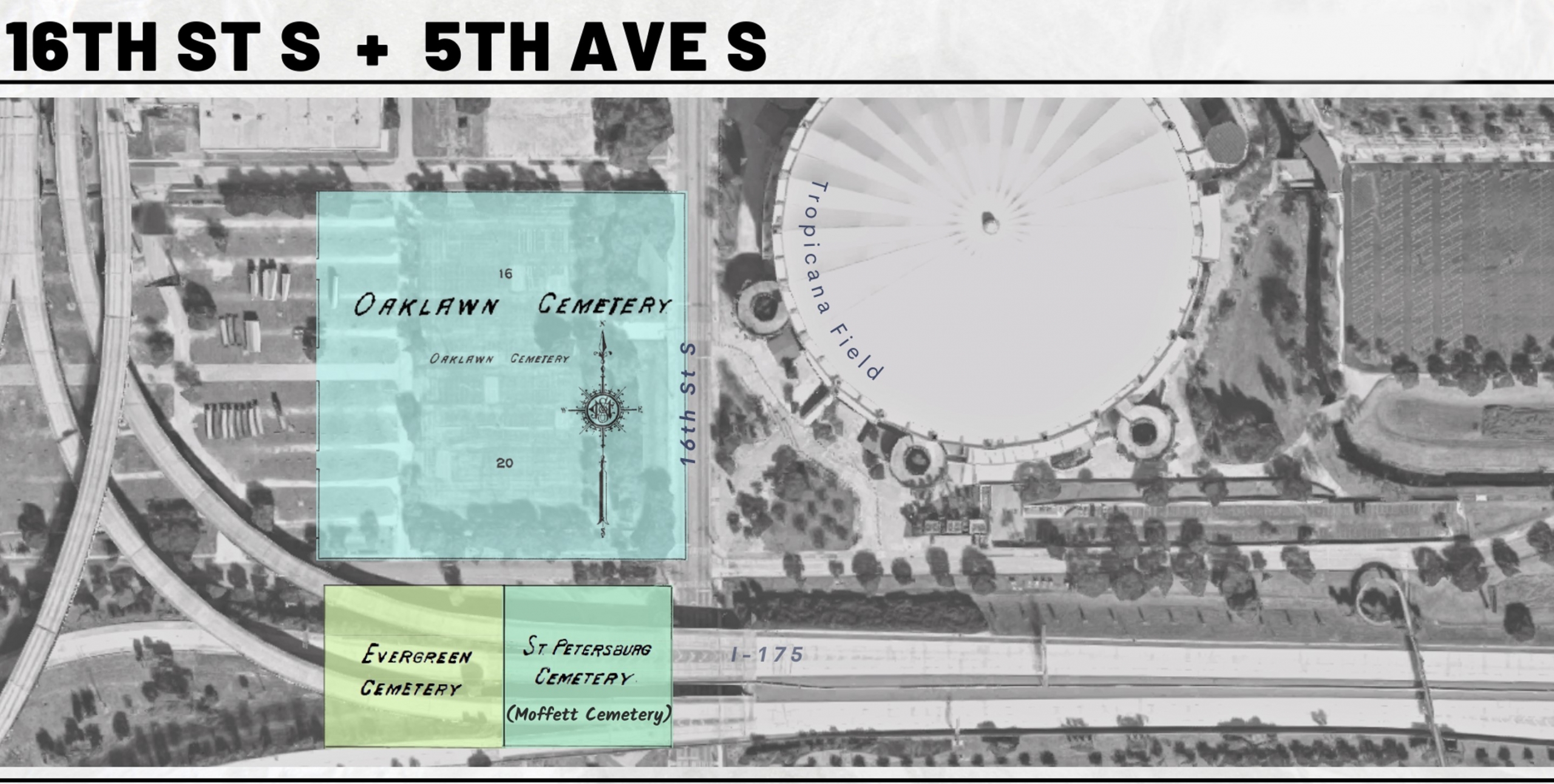
Welch said he remembers the area well. His family’s church, Prayer Tower Church of God, First Baptist Institutional and Bethel Metropolitan Church were all in the same area. He especially remembers his aunt’s hamburger stand.
“And the point is, I’ve always known that as the Gas Plant, where businesses, where churches, where residences were, [but I] never knew that there was a cemetery there … I think that wasn’t really taught in terms of local history, at least to my generation. What we experienced was the uprooting of the community that was there, so our focus was, you know, the interstate coming through and dividing in the pursuit of baseball.”
Though he remembers the neighborhood with its shops, churches, and businesses — his grandfather ran his woodyard there — like many, he was unaware of these erased cemeteries, and it came to his attention only relatively recently.
“I mean, you’d hear about it every now and then,” he said. “There’d be a report of contamination on the Trop side. I was thinking it was more the side on the east side of 16th Street. And then the story started popping up, including Tampa, about grave sites. And I understand one of these is a mix site, a mix-race site.”
Oaklawn had a Black section, while Evergreen was historically African American. Moffett started out as a mixed cemetery but, over time, became predominately Black. Many of the bodies from Oaklawn, Evergreen, and Moffett were relocated to the Lincoln Cemetery on 58th Street South.
The white remains were predominantly sent to Royal Palm. The cemeteries had fallen into disrepair long before they were covered over, and sometimes headstones had been removed, making it difficult to find and identify bodies.
Going forward, Welch noted the first thing is to have the facts on what’s there and what’s not and then create a plan, borrowing from other projects if needed.
“You might not necessarily have to recreate the wheel; this is happening all over the nation. So, what are the tools they use both in terms of physically moving the bodies but also, we talk about reparative programs which are built into the Gas Plant RFP, kind of rebuilding community, rebuilding connection.
Welch said he wants data on when and where people were buried in the three cemeteries.
Working with groups like the Florida Public Archeology Network, the AABGP is collecting relevant data about the people that were buried in these cemeteries, as many of their relatives have lost track of them. It is difficult to say if there are remains at the Evergreen and Moffett sites because of the highway.
“[T]here are a lot of tools out there, including DNA, and we’ll just have to use everything,” Welch said. “And there’s a lot of federal funding even for Reconnecting Communities (a pilot program through the US Department of Transportation). We applied for more grants this year than ever. And so, hopefully, there is a way to help fund this research and restoration if it’s needed.”
Black burial grounds have generally been “underserved, second-hand, treated with disrespect historically,” Welch stated.
“You might not have seen that in my generation with Royal Palm,” he said, “just knowing that that has happened in other places, I think of Lincoln Cemetery, even though that was an identified cemetery, still fell into disrepair. So, just kind of a double standard.”
In terms of honoring the cemeteries or even the Gas Plant area more respectfully, Welch believes it is crucial not to forget the past.
“The one thing is remembering our history, and to me, the obvious way to do that is supporting the Woodson Museum of Florida project, which would kind of transform that into a library that tells these kinds of stories both local and national,” he said.
With Welch choosing Tampa Bay Rays and Hines to redevelop Tropicana Field and the historic Gas Plant site, Rays officials have pledged $10 million toward a new Woodson African American Museum of Florida.
Welch said the Woodson Museum project would be a sustainable, impactful commitment to history.
Dr. Antionette Jackson and Dr. Julie Buckner Armstrong interviewed Mayor Ken Welch on Oct. 25, 2022.

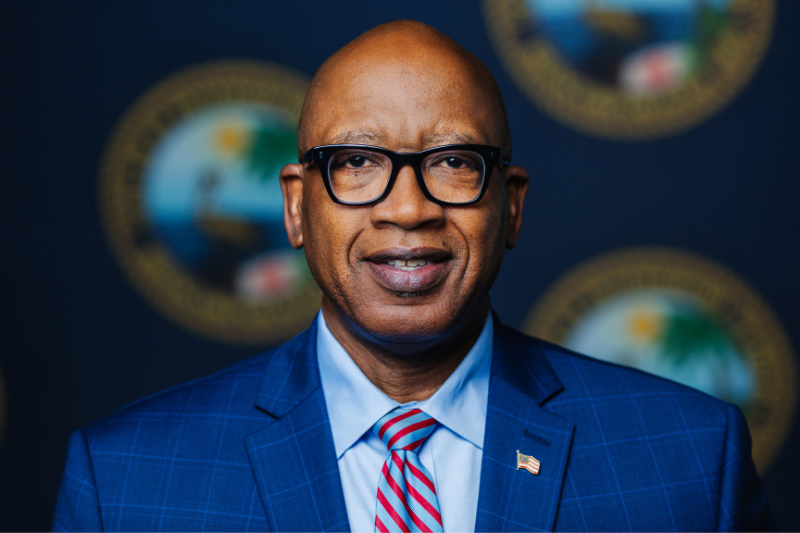
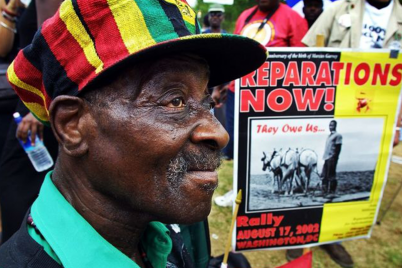
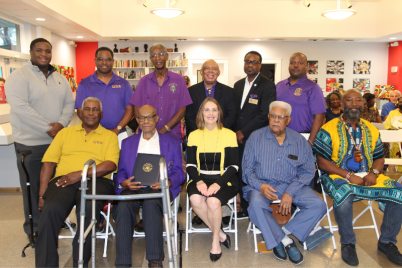
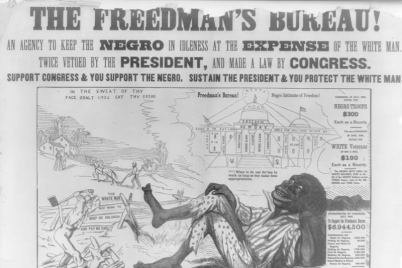





While sad and disturbing, physical relocation of remains does nothing to help the living. Reparations in the form of parks and memorials would better serve the area and its descendants.
Weekly Challenger Frank Drouzas Very Insight Article! But highly concerning In Contrast to City of St. Petersburg 6/13/23 Historic Preservation Commission Live Streamed Recorded Meeting About Founded in St. Petersburg 1926 Historic African American Lincoln Cemetery. (See Public Comments from Lincoln Cemetery Descendants Tomeeka Wright & Sierra Clark. And Commission Discussion. Am forwarding you Frank the Failed Historically Documented Sundowner Gulfport 1967 Attempted Annex of Lincoln Cemetery to Zone the 8.82 Acres
R-2 Residential! 6/17/23 Email to Mayor Welch.